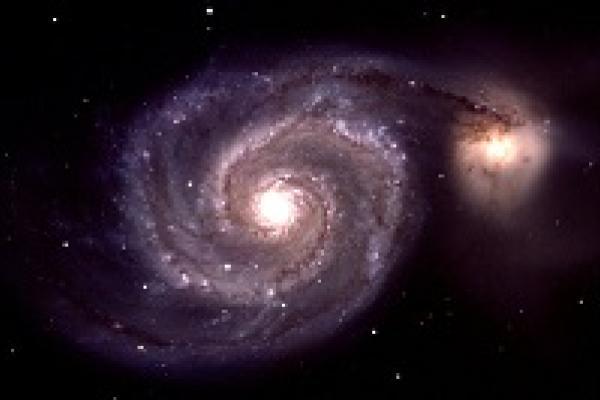
Title: Tracing the Connections between Galaxies and their Circumgalactic Medium
Abstract:
Galaxies are believed to interact with their surroundings via inflows of metal-poor gas and outflows of metal-enriched gas, which flow through the circumgalactic medium (CGM). Understanding the connections of galaxies to their CGM is thus crucial for understanding galaxy evolution. I will report results from our recent imaging and spectroscopic studies aimed at understanding how CGM properties and stellar properties of galaxies correlate. In a study of star-forming galaxies at redshifts 0.02 < z < 0.14, based on HST COS, SDSS, and GBT spectroscopy of quasars with foreground galaxies located nearly "on top" of the quasars, we find a 100% detection rate of strong H I column density absorption. Using HST multi-band imaging, we measure the morphological and stellar properties of galaxies at 0.2 < z < 1.4 associated with gas-rich quasar absorbers and mapped with MUSE integral field spectroscopy. Combining our samples with the literature, we find the H I column density to be anticorrelated with the impact parameter, stellar mass, and galaxy size. Most absorber galaxies seem to be consistent with the star formation main sequence (SFMS), while some lie below it, suggesting longer-than-typical gas-depletion timescales. Furthermore, >~50% of the absorbers seem to be associated with multiple galaxies. Finally, I will report results from our HST COS observations for local (z < 0.1) galaxies with existing MaNGA integral field spectroscopy (IFS), which enable us to compare in detail the CGM gas properties with extrapolations of maps of gas velocity and metallicity in the inner ~1.5-2.5 effective radii of the galaxies. Combining imaging and IFS of galaxies with CGM absorption spectroscopy thus offers powerful insights into the galaxy-CGM interactions, and the flows of gas and metals in and out of galaxies.
